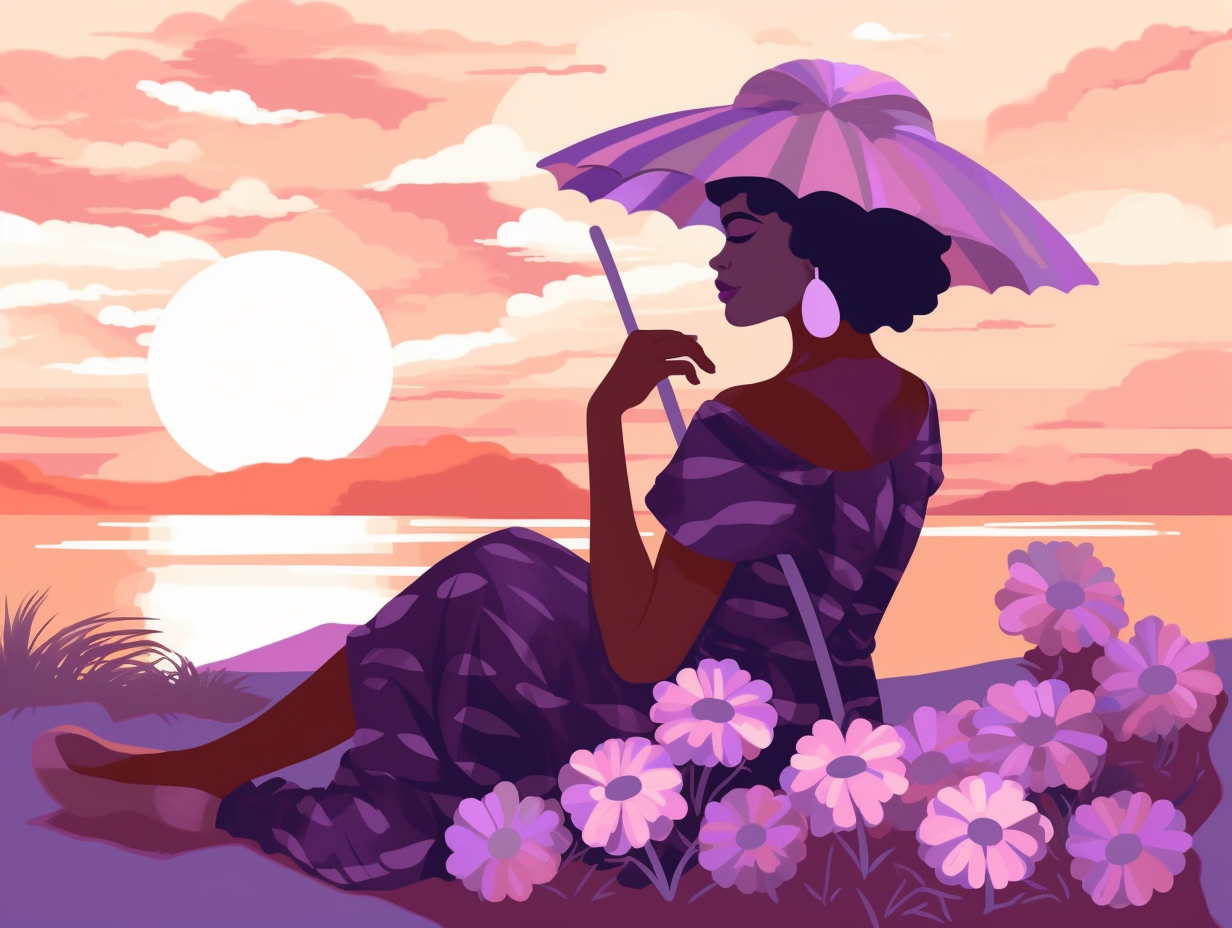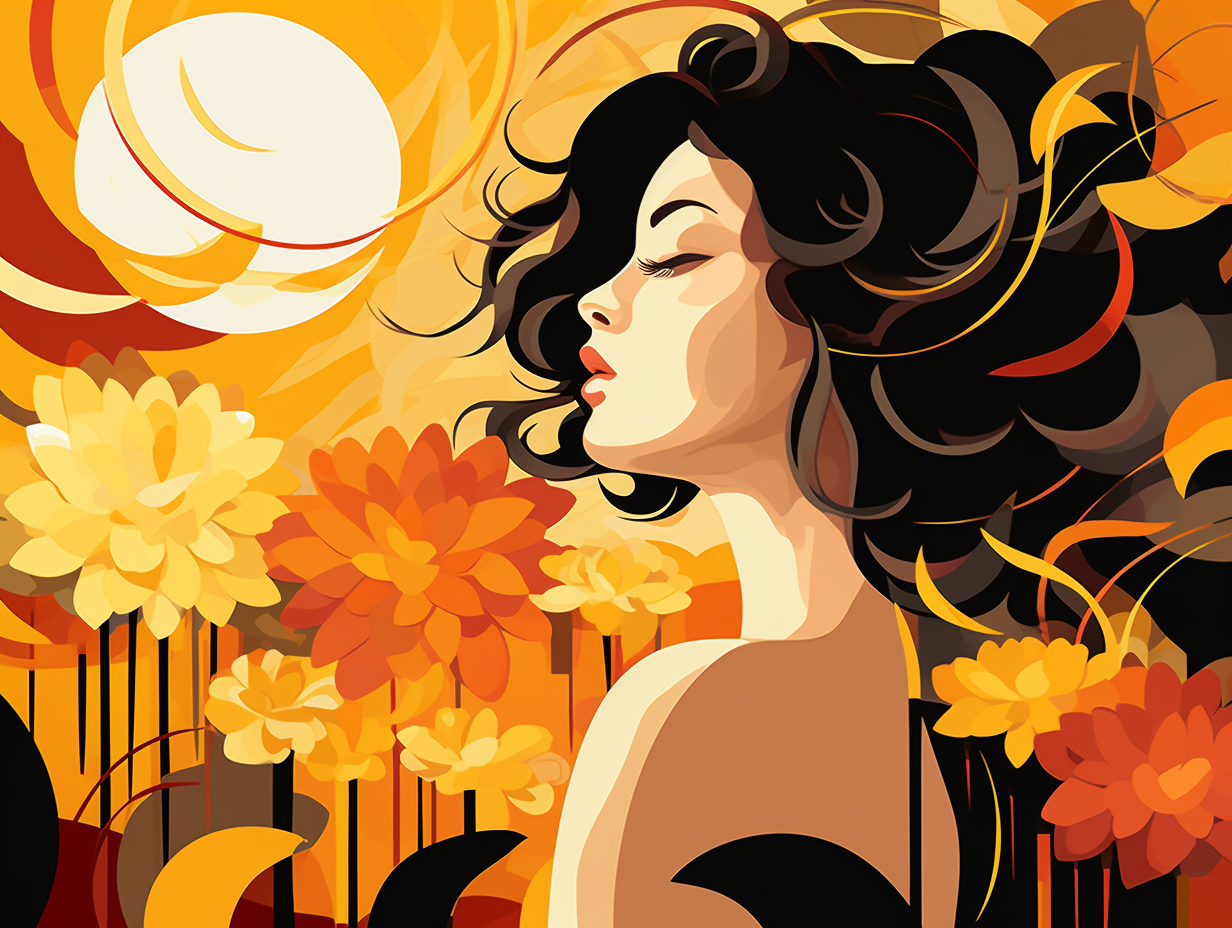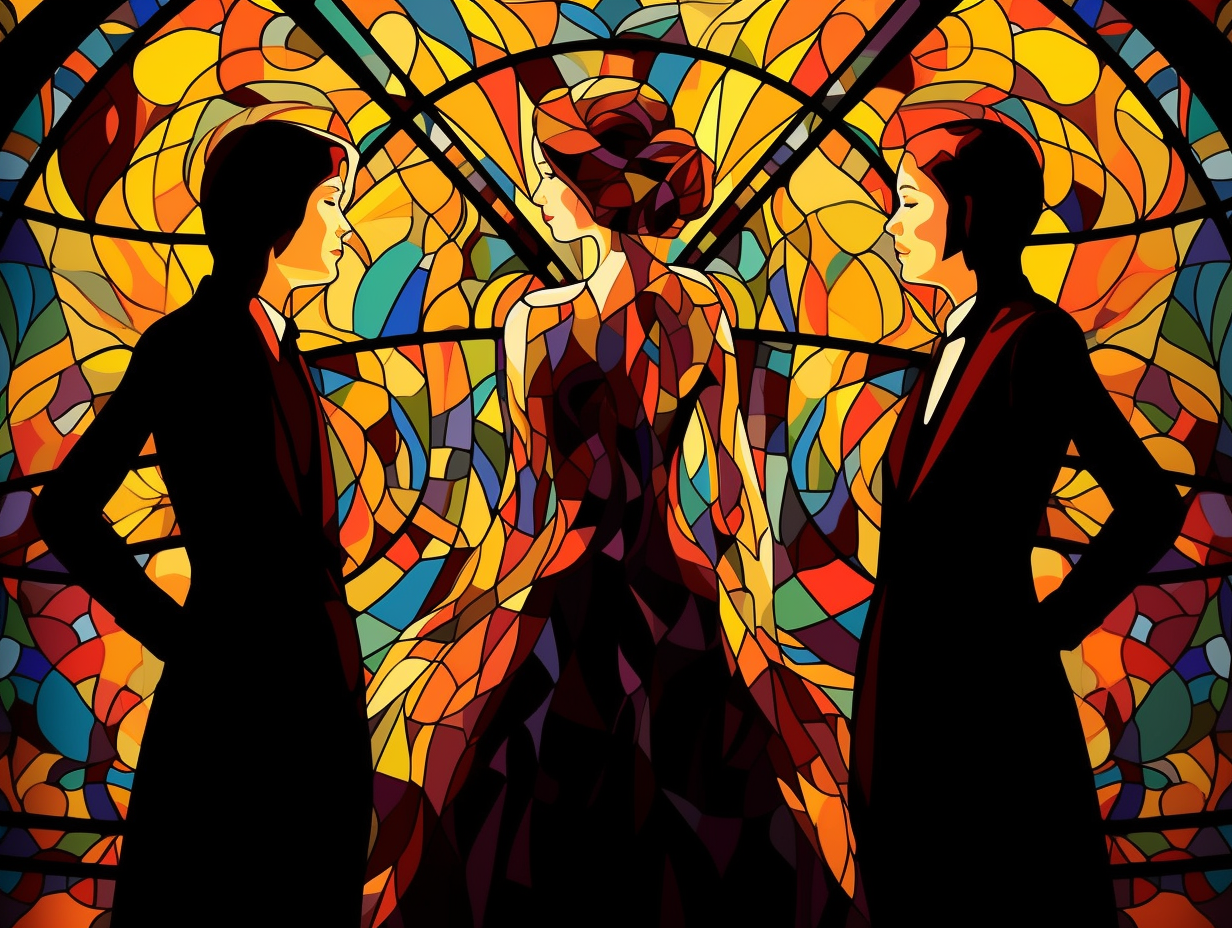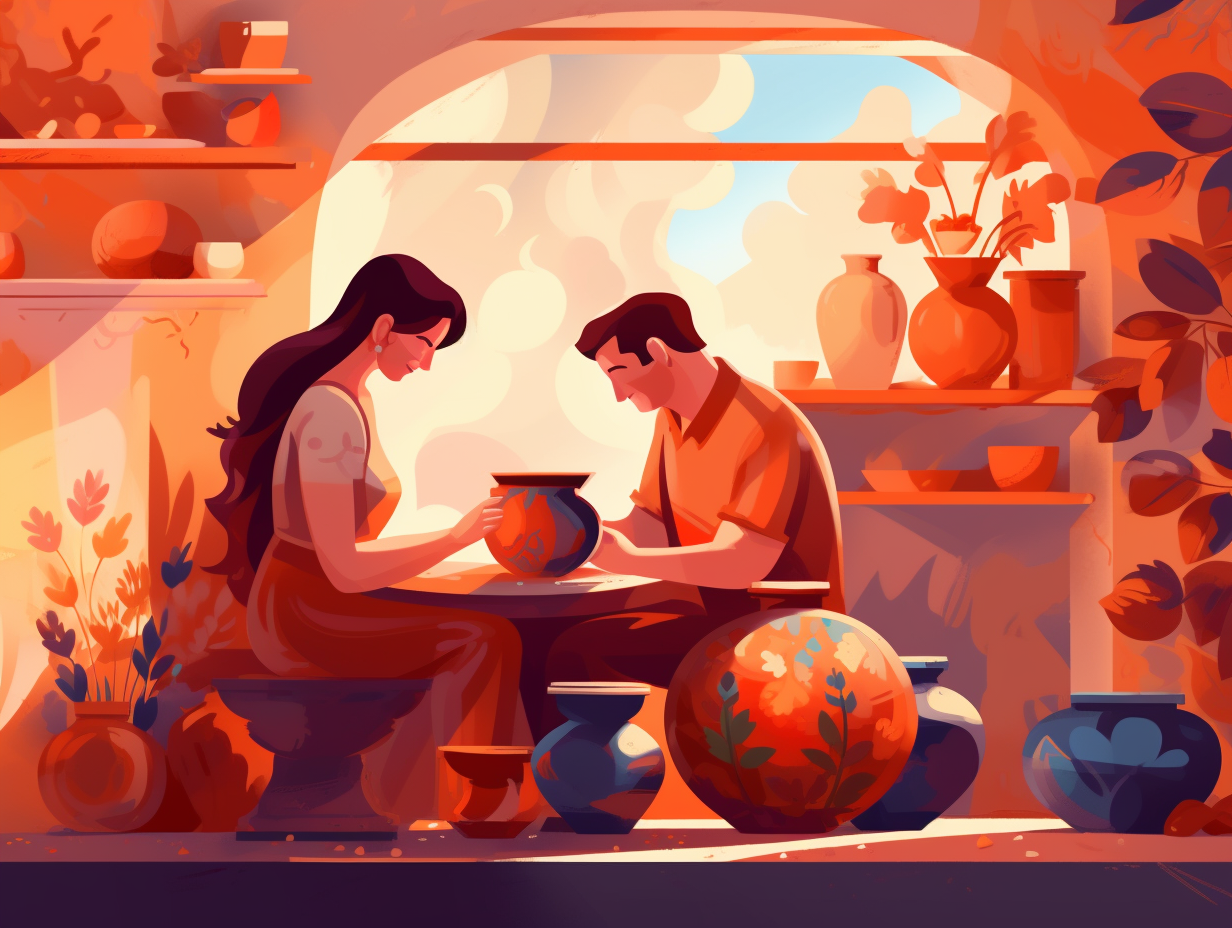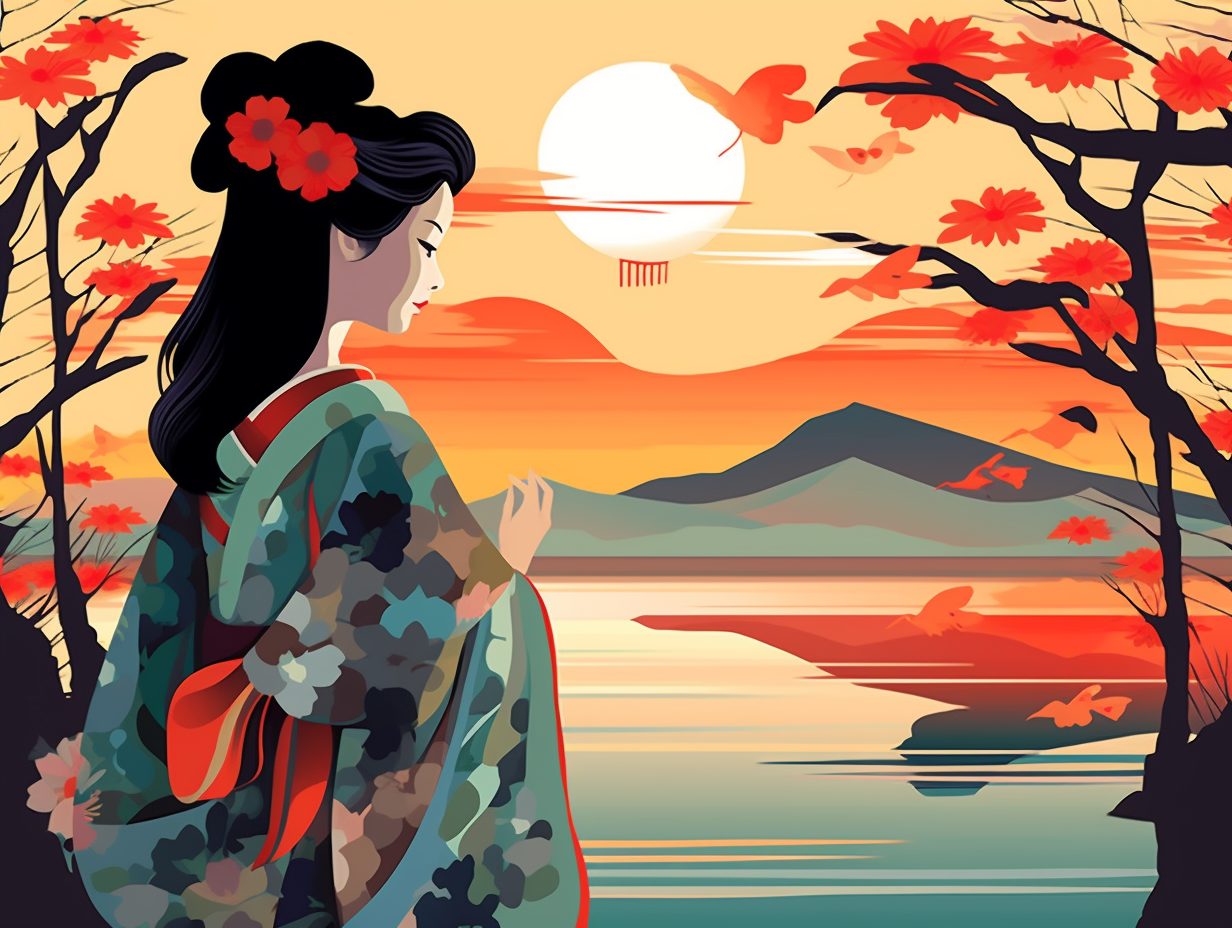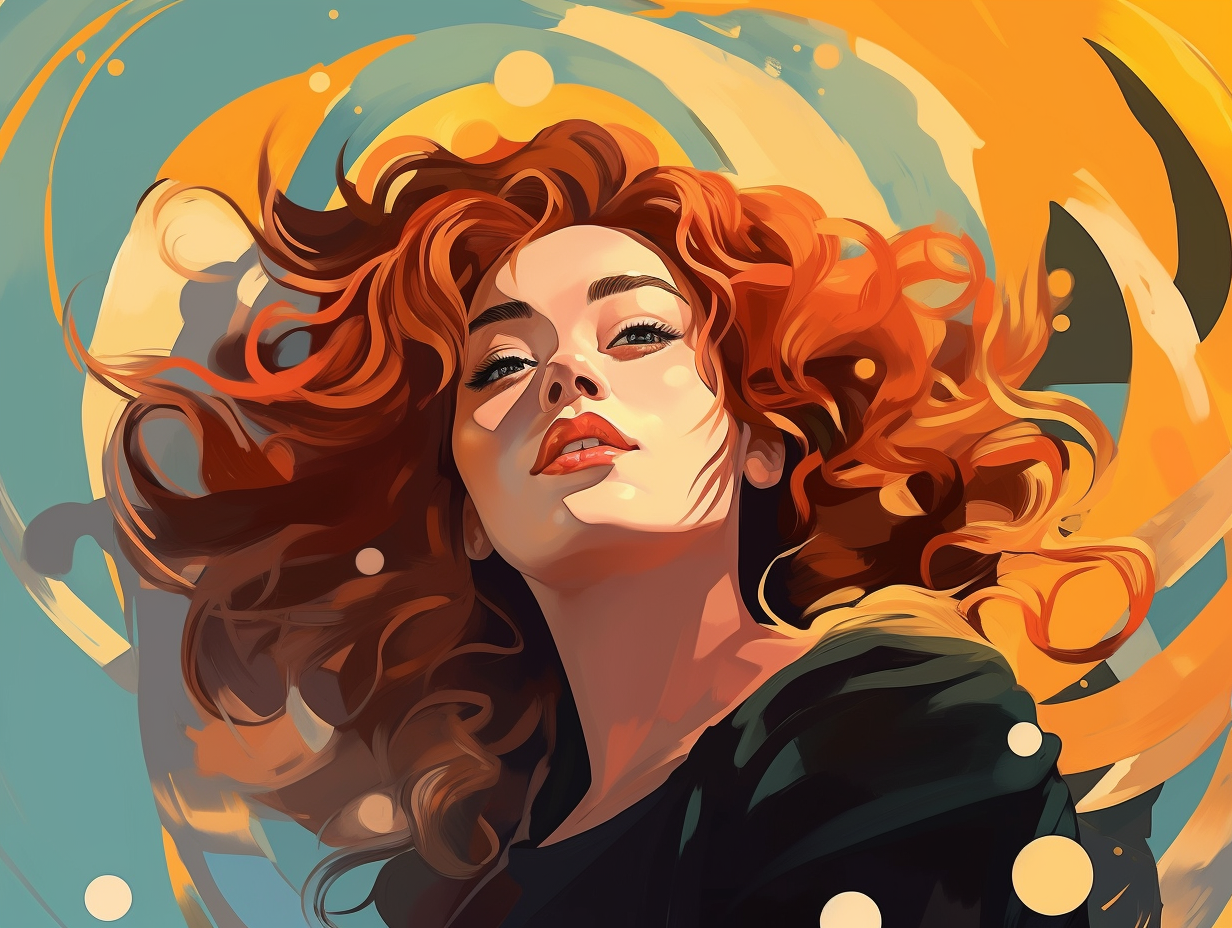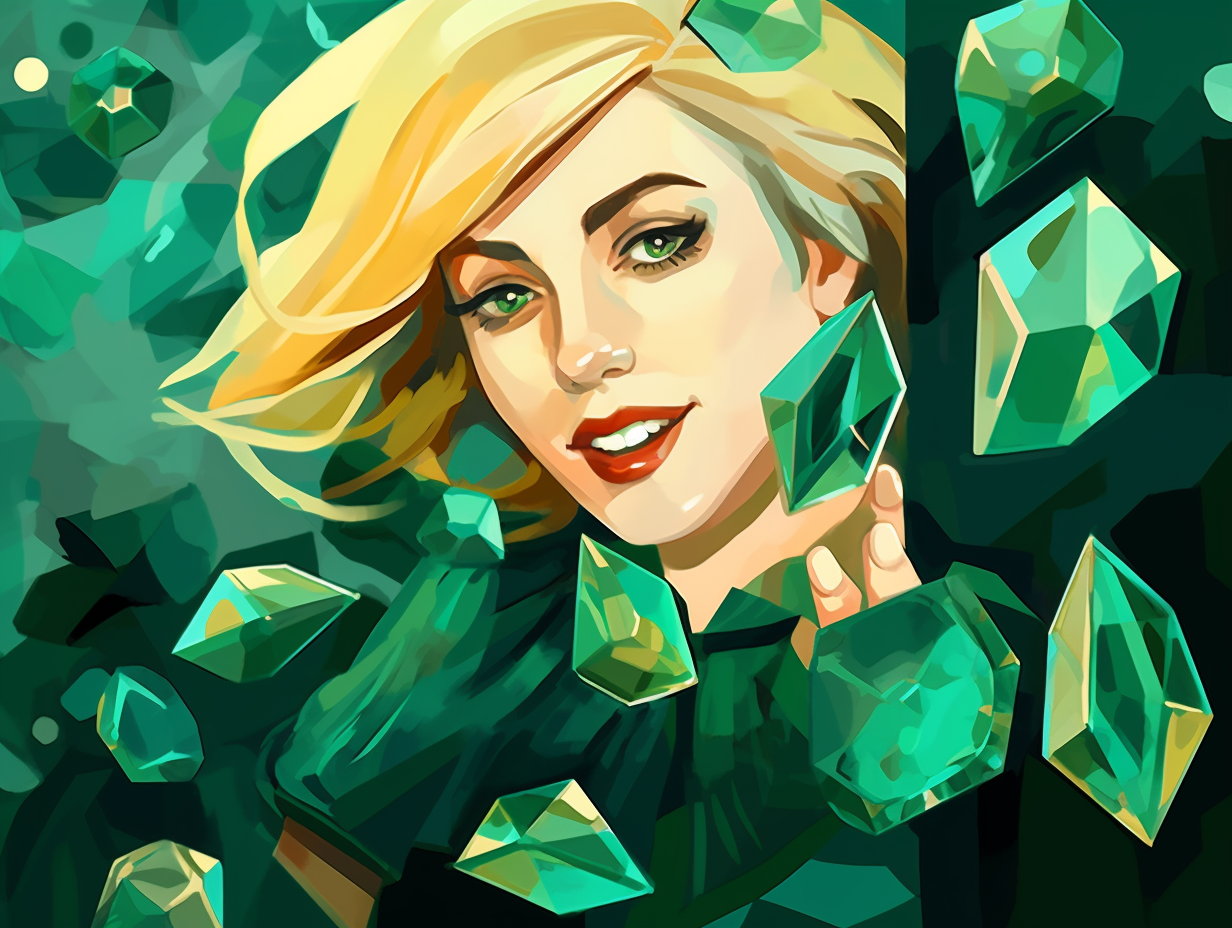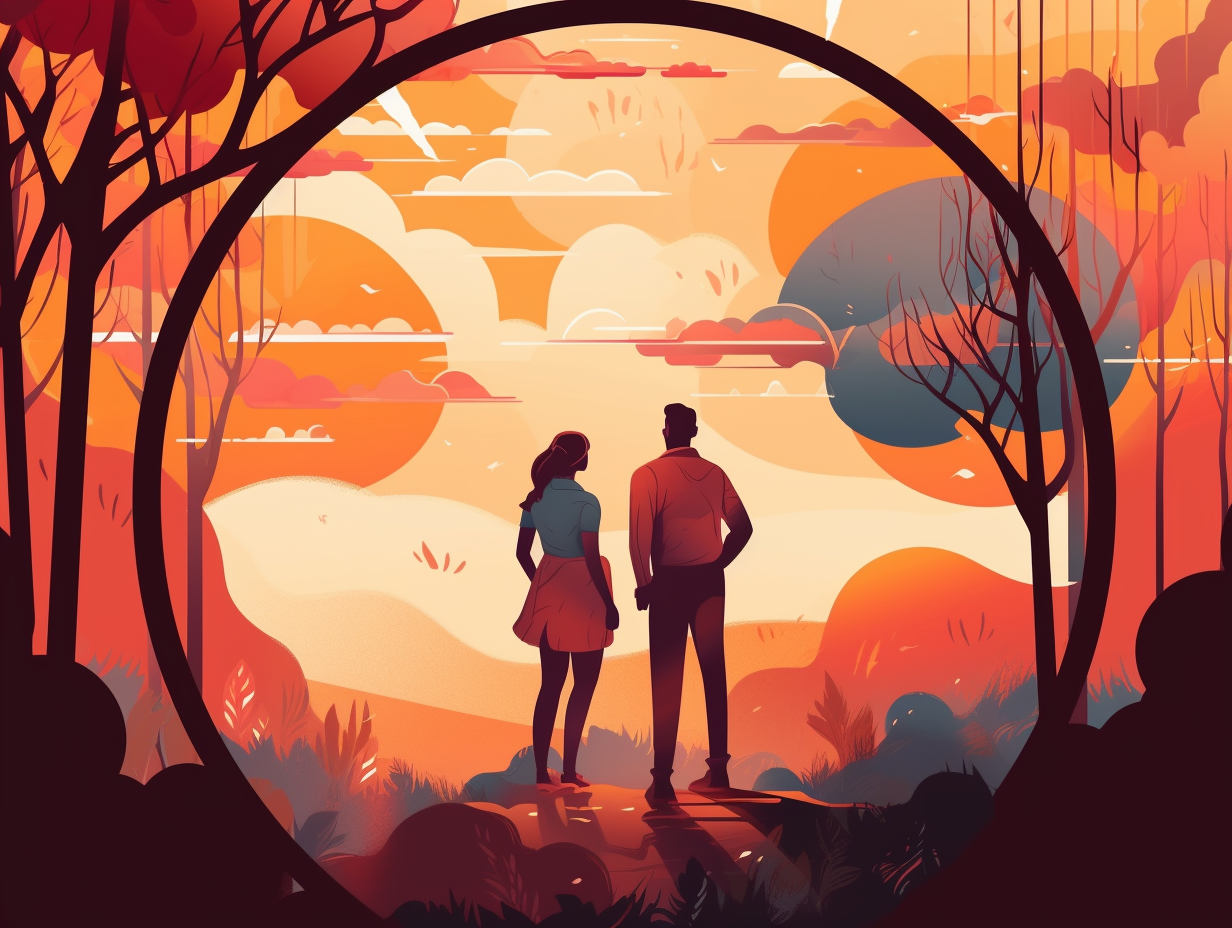Discover a Vibrant World: Top 11 Fun Facts About the Color Orange You Never Knew!
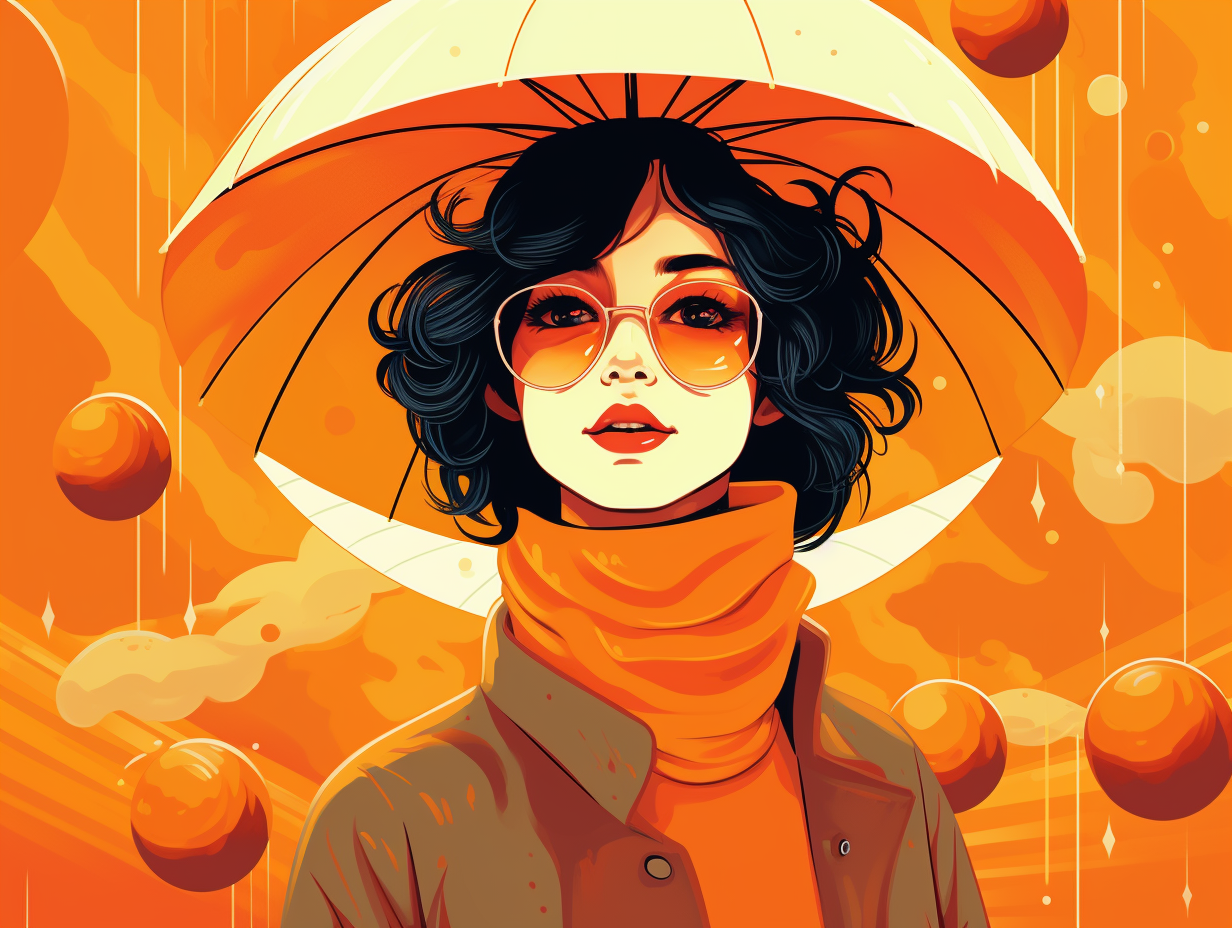
1. Oranges: The Original Linguistic Fruit Salad
When life gave you oranges, it actually handed you a linguistic fruit salad: The color orange, you see, tangled its way from a Sanskrit word "naranga" through Persian and Arabic tongues, before landing a juicy splash in European vocabularies. No pulp fiction here: It wasn't until sweet oranges journeyed from India to Europe that the color ripened into fame, and plucked an exclusive spot among basic English color terms—tangerine dreams prevailed, indeed!
Source => lithub.com
2. Golden Gate Bridge: Color Trendsetter
Who needs a traffic cone when you have the Golden Gate Bridge? Sporting a chic "International Orange" ensemble, this fashion-forward bridge refuses to settle for the U.S. Navy's black and yellow stripes: Consulting Architect Irving Morrow selected this fabulous color not just to make a fashion statement, but also to blend gracefully with the natural surroundings and provide visibility for passing ships. Bonus: International Orange also fights off corrosion caused by salty air. Now that's a trendsetter!
Source => goldengate.org
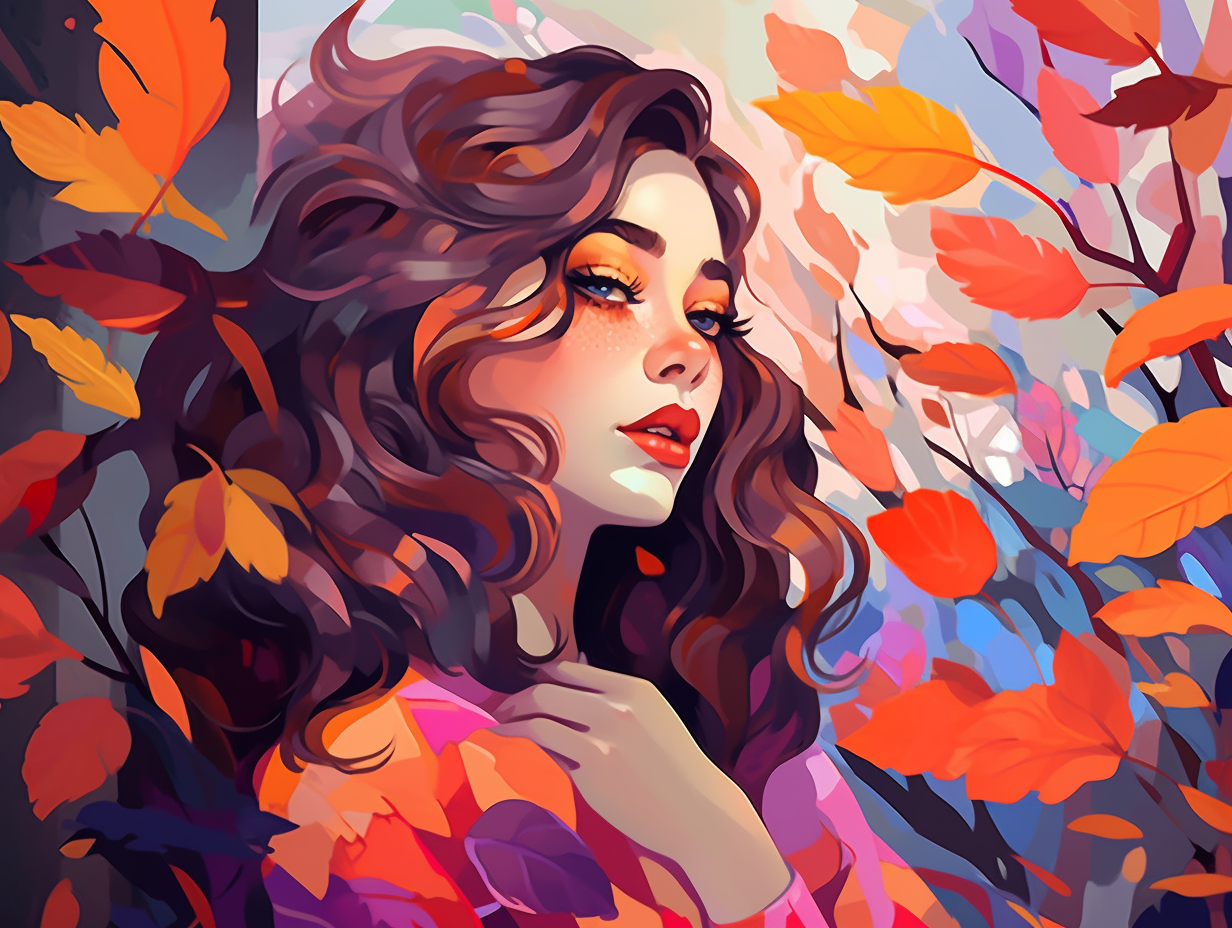
Did you know feeling blue isn't all bad? Color psychology reveals that mood is influenced by a complex combination of factors, including hue, shade, and even cultural elements. Discover more about the fascinating world of color interactions!
=> Fun Facts about Colors
3. A Tasty History of the Word "Orange"
Before the word "orange" juiced its way into the English vocabulary, it had to peel back layers of linguistic history: The term actually originated from Old French and Anglo-Saxon languages, with its earliest English mention in the 13th century tied to the fruit, and its colorful debut in the 16th century. European tongues further sweetened the linguistic deal, thanks to Portuguese merchants who brought orange trees from Asia and shared the Sanskrit word "naranga", which eventually evolved into "naranja" in Spanish and "laranja" in Portuguese.
Source => artsandcollections.com
4. Sunrises: Tang Spills in the Sky
Ever wondered why your morning sunrise looks like a giant spilled Tang onto the sky? Behold the secret behind nature's palette: As the sun's rays travel through more of Earth's atmosphere during sunsets and sunrises, longer wavelengths of light like yellow and orange are scattered, creating picturesque and fiery skies. But beware, as these alluring scenes may sometimes indicate poor air quality due to the increased presence of aerosols and pollutants.
Source => scied.ucar.edu
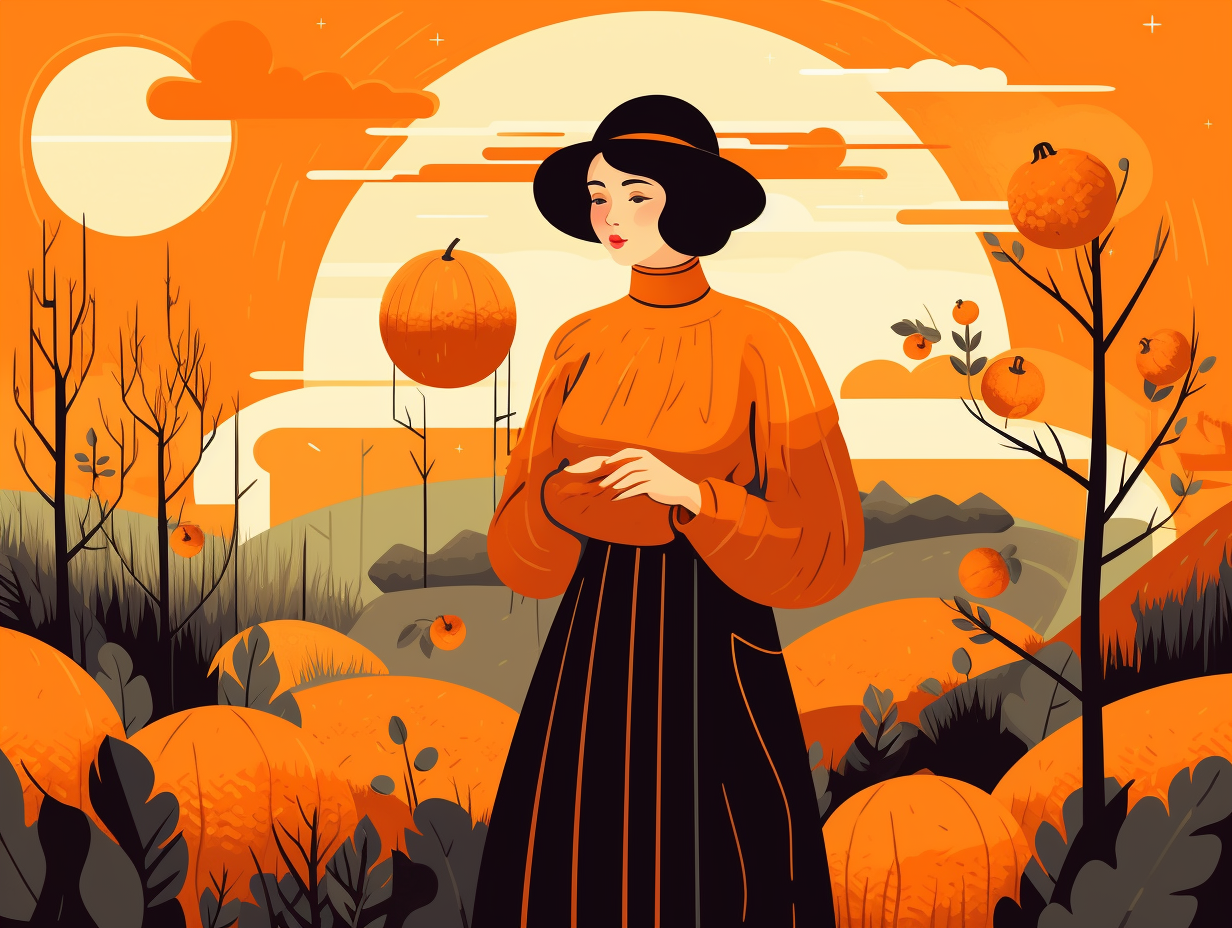
5. Carrots: A Root Vegetable Conspiracy
In a world where carrot conspiracies take root and political ploys sprout: the origins of orange carrots are hotly debated, but may trace back to the Dutch using the color as a political tool during the rise and fall of the House of Orange. Alas, these vibrant veggies are now a supermarket staple, and most commercial cultivators can trace their ancestry to the Long Orange Dutch carrot, first written about in 1721.
Source => washingtonpost.com
6. Mondrian: An Orange-Free Artistic Menu
Forget topping your morning toast, Piet Mondrian wanted no part of the orange marmalade in his artistic breakfast of champions: The esteemed Dutch artist barely used the color orange in his later works, sticking instead to blue, yellow, and red as his primary colors to express the universe's essence – his most famous work, "Composition with Blue, Yellow, Red, Black and Grey," doesn't even include a hint of zesty orange, though you can spot a smidgen in his earlier piece "Tree" from 1912.
Source => bbc.com
7. Oranges: Rocking Ancient Latin Lexicons
Before the zesty orange took center stage in memorable odes like "Orange, you glad to see me?" and tropical fruit punch splendor, it was rocking ancient Latin lexicons like a pro: The word "aurantius," as per Latham's "Revised Medieval Word List" from 1980, means "orange-colored" or "tawny," and likely describes the vibrant hue of the fruit or the tree itself.
Source => latin-dictionary.net
8. Autumn Leaves: The Ultimate Going-Away Bash
Did you ever wonder if trees like to party? Turns out, autumn leaves throw a fantastic going-away bash, bursting with vibrant orange hues: This electric color is all thanks to carotenoids, specifically β-carotene and lutein, which take center stage when chlorophyll breaks down in fall. These protective pigments both create the stunning visuals and absorb excess light energy, dissipating it as heat and safeguarding the leaf from photodamage. How's that for a fiery finale?
Source => biology.appstate.edu
9. Orange Hawkweed: The Devil's Paint Brush
When life gives you oranges, you make... invasive plants? Meet the Orange Hawkweed, the Devil's Paint Brush of the plant world: A stunning yet sinister non-native species from Europe, it made its way to North America in the 19th century, wreaking havoc on biodiversity by spreading faster than gossip in a small town and rudely invading forest openings, rocky slopes, and roadsides.
Source => fieldguide.mt.gov
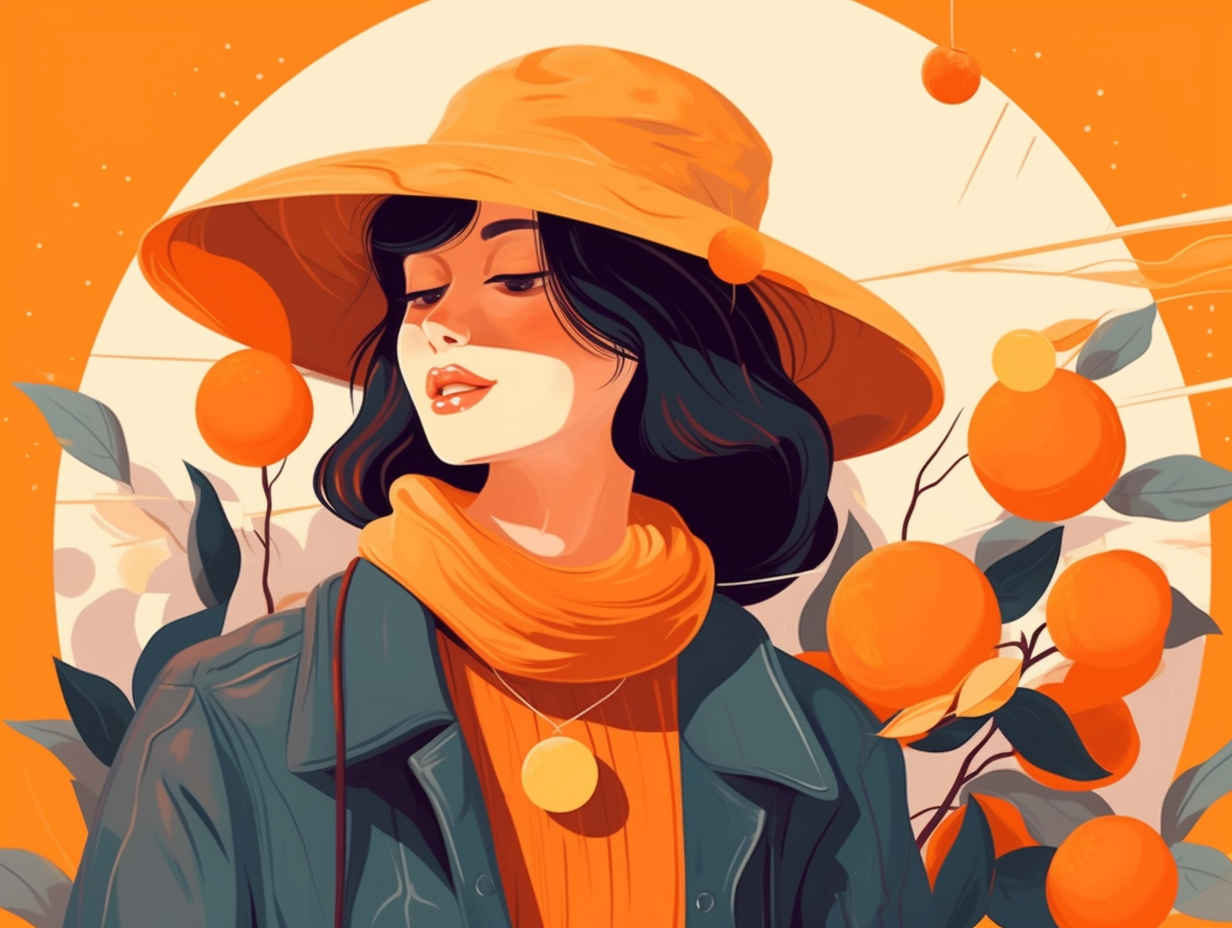
10. Orange: Balancing Juicy Impact and Arrogance
If orange had a party, it would be the zest of honor, the life of the squeeze, and the pop of color that makes everything a-peel-ing: Orange is known for boosting positive vibes, creativity, and happiness, but using it excessively in designs can actually backfire, making things appear arrogant or even inducing a sense of deceit! So, use the power of orange sparingly for an optimally juicy impact.
Source => adobe.com
11. Harlem Globetrotters: Slam Dunk in Color Psychology
When Halloween decorations and the Harlem Globetrotters walk into a bar, the color orange definitely gets the last laugh: The iconic color, best known for giving pumpkins their smashing charm, also happens to be the Globetrotters' lucky charm, having been their signature uniform color since the team's inception to make them stand out and perfectly complement their acrobatic dribbles and tricky shots. Their fashion statement now even inspires basketball style globally – talk about a slam dunk in color psychology!
Source => harlemglobetrotters.com
Related Fun Facts

